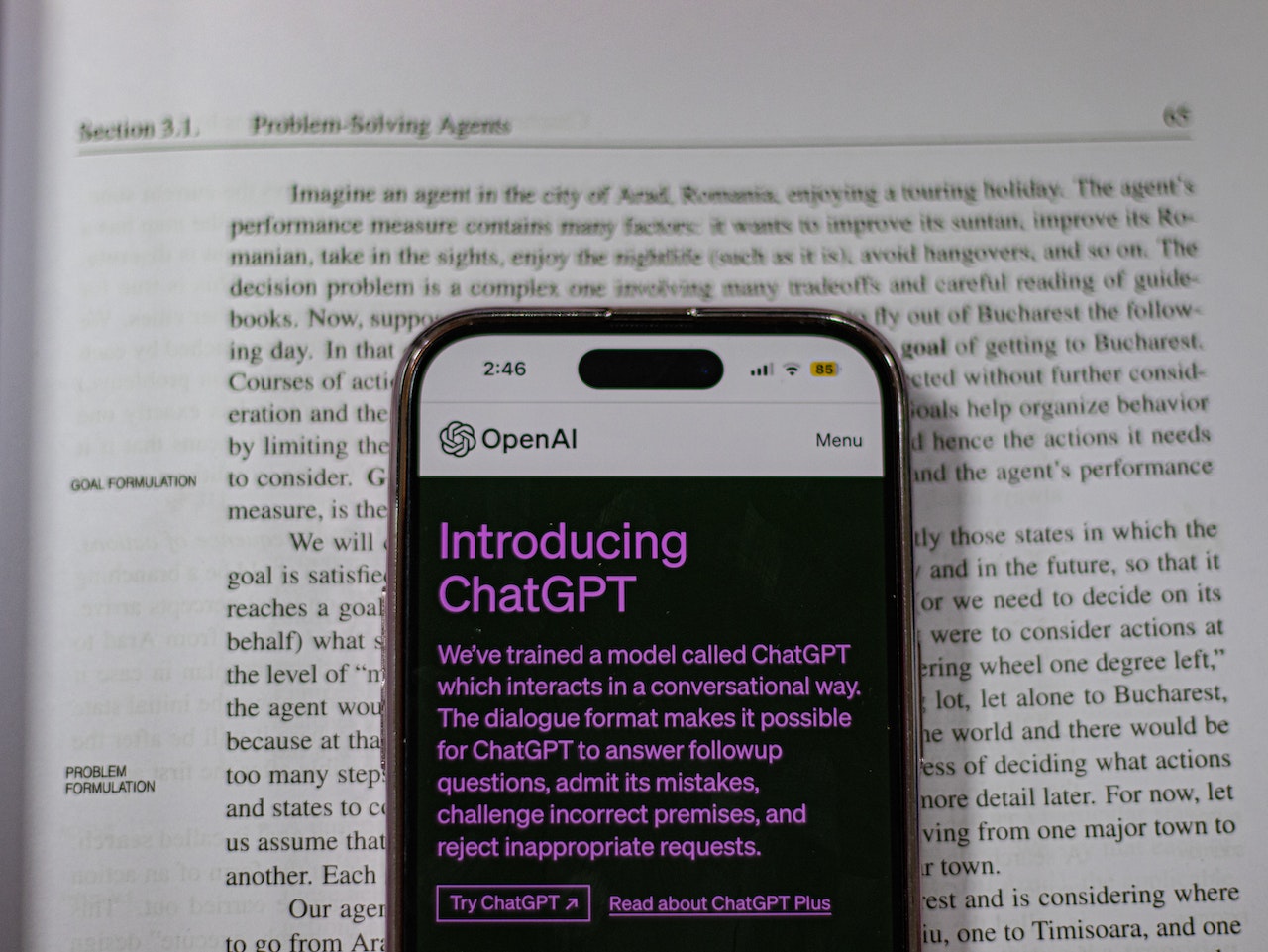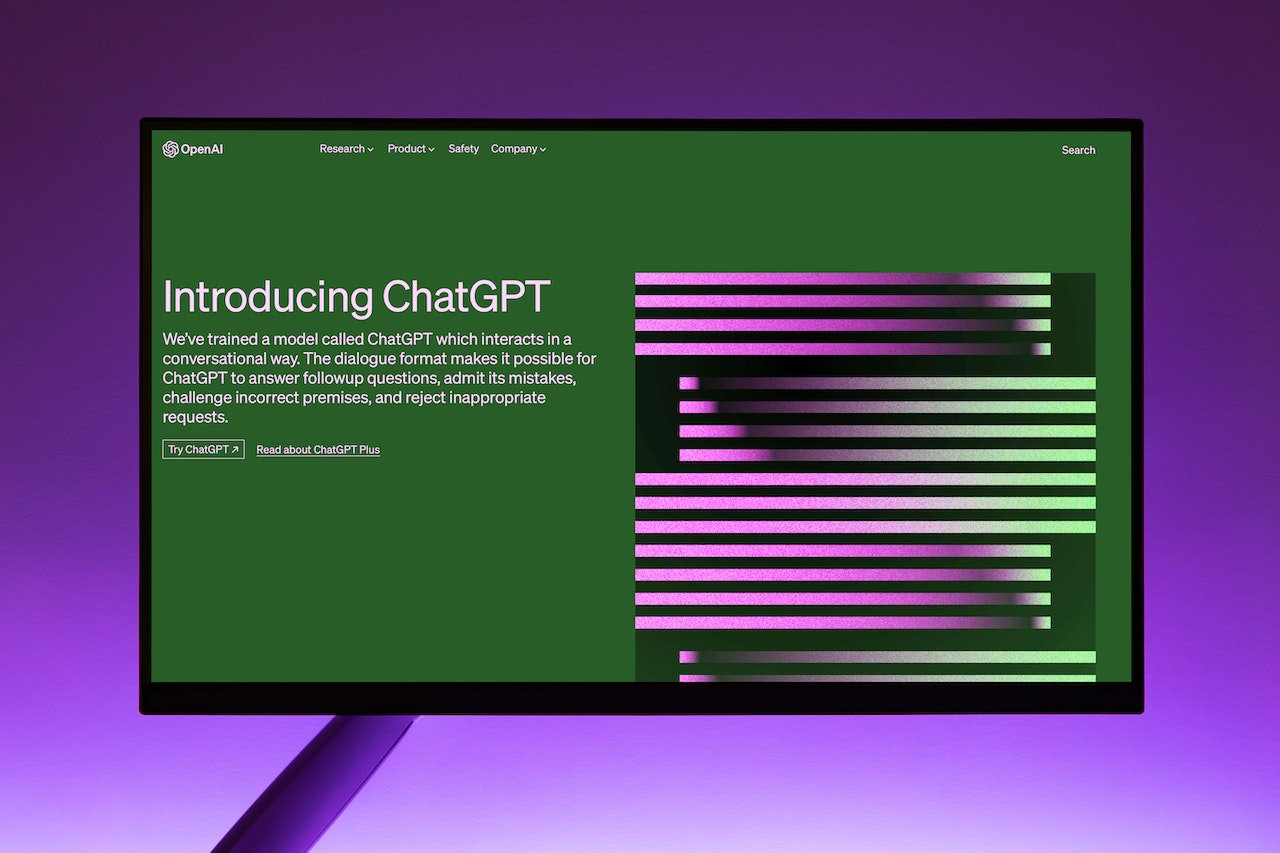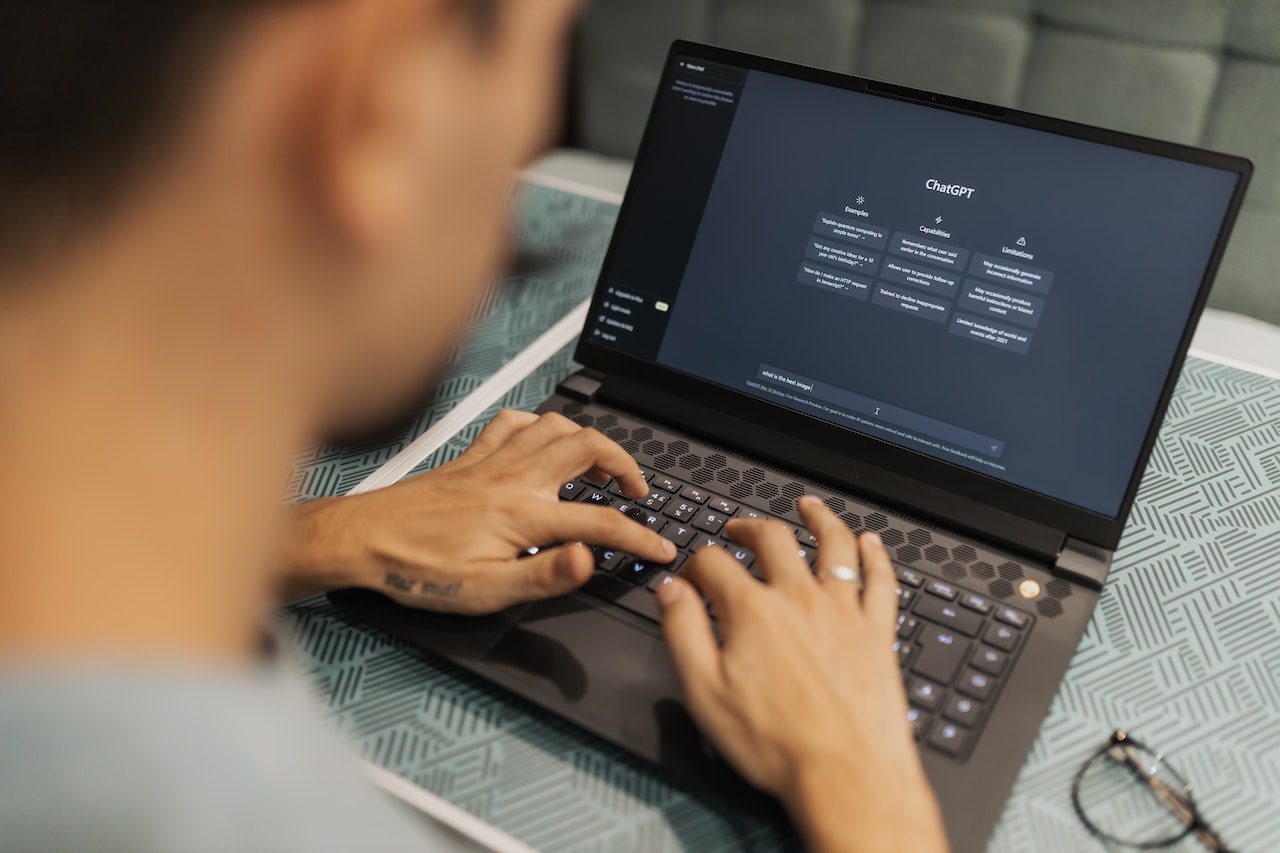Art has always been a medium of self-expression, cultural reflection, and storytelling. It has evolved throughout history, adapting to the changing times and embracing new tools and techniques. With the advent of AI, art has found a new canvas to explore and experiment. AI art combines algorithms, data, and human input to create artworks that challenge traditional notions of creativity and artistic process.
The Intersection of Art and Technology
The convergence of art and technology has given birth to groundbreaking artistic practices. From photography and film to digital art and virtual reality, artists have always embraced innovative tools and mediums. AI art represents the latest chapter in this ongoing narrative, where technology becomes an active collaborator in the creative process.
AI Art: A New Paradigm
AI art introduces a paradigm shift in the creation and appreciation of art. It blurs the boundaries between human and machine, raising questions about authorship and originality. Artists can now leverage AI algorithms to generate new ideas, explore uncharted territories, and challenge conventional aesthetics.
Pushing Boundaries and Exploring New Frontiers
AI art has the ability to push artistic boundaries and explore new frontiers. Machine learning algorithms can analyze vast amounts of data, identify patterns, and generate novel visuals, music, and even poetry. This opens up new possibilities for artists to break free from traditional constraints and delve into unexplored realms of creativity.

Democratising Art and Redefining Creativity
One of the significant advantages of AI art is its potential to democratize the art world. Traditional art creation has often been limited to a privileged few due to factors such as access, resources, and skill. AI art, however, can empower individuals from diverse backgrounds to express themselves artistically without the need for extensive training or expensive materials.
Bridging the Gap between Science and Art
AI art serves as a bridge between the realms of science and art. It fosters interdisciplinary collaborations between artists, engineers, and scientists. By combining artistic vision with computational algorithms, new insights and perspectives can emerge, enriching both fields and leading to innovative solutions in various domains.
Preservation and Evolution of Art
AI art plays a crucial role in the preservation and evolution of artistic heritage. Machine learning algorithms can analyze and learn from historical artworks, enabling the recreation of lost or damaged pieces. This technology also allows for the generation of entirely new artworks inspired by various artistic movements, breathing new life into traditional forms.
Ethical Considerations and Challenges
While AI art presents exciting opportunities, it also raises ethical considerations and challenges. Issues such as data privacy, bias in algorithms, and the impact on traditional art practices need careful examination. Artists and technologists must work together to ensure transparency, fairness, and accountability in the development and application of AI in the art world.
The Future of AI Art

The future of AI art is promising. As technology advances, we can expect AI-generated art to become more sophisticated and indistinguishable from human-made art. AI tools will become integral to the creative process, augmenting human creativity rather than replacing it. The boundaries between human and AI creativity will continue to blur, leading to new artistic possibilities and experiences.
Conclusion
AI art represents a significant milestone in the evolution of art and technology. It pushes boundaries, challenges traditional notions, and opens up new avenues for creativity. By democratizing art, bridging disciplines, preserving heritage, and exploring uncharted territories, AI art has the potential to transform the art world. However, ethical considerations and the collaborative engagement between humans and machines remain crucial for its responsible development and adoption.
FAQs
Q1: Can AI art truly be considered art?
Yes, AI art can be considered a form of art. While the creative process involves collaboration between humans and machines, the output still evokes emotions, provokes thoughts, and contributes to cultural dialogue.
Q2: Does AI art replace human artists?
No, AI art does not replace human artists. Instead, it enhances their creative abilities and opens up new possibilities. AI serves as a tool, augmenting human creativity rather than replacing it entirely.
Q3: Are there any famous AI-generated artworks?
Yes, several AI-generated artworks have gained recognition in the art world. Examples include “Portrait of Edmond de Belamy” by Obvious, an AI-generated artwork that was auctioned for a significant sum, highlighting the growing interest in AI art.
Q4: How does AI art impact the art market?
AI art has the potential to disrupt the art market by challenging traditional notions of value, authorship, and originality. It introduces new dynamics that require careful consideration and evaluation within the art market ecosystem.
Q5: How can artists embrace AI in their creative process?
Artists can embrace AI in their creative process by exploring AI tools and algorithms, experimenting with data-driven approaches, and collaborating with experts in the field. This allows artists to incorporate AI as a tool for inspiration and exploration while retaining their unique artistic vision.
In conclusion, AI art represents an important and transformative development in the world of art. It pushes boundaries, redefines creativity, and opens up new possibilities. By embracing AI, artists can explore uncharted territories, bridge the gap between science and art, and democratize artistic expression. However, it is crucial to navigate the ethical considerations and challenges associated with AI art to ensure responsible and inclusive development in this rapidly evolving field.





